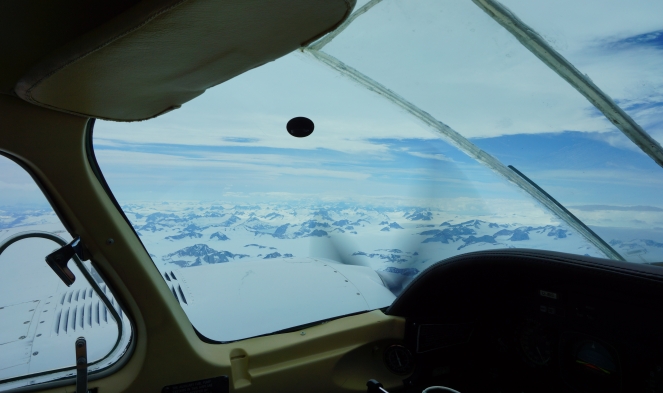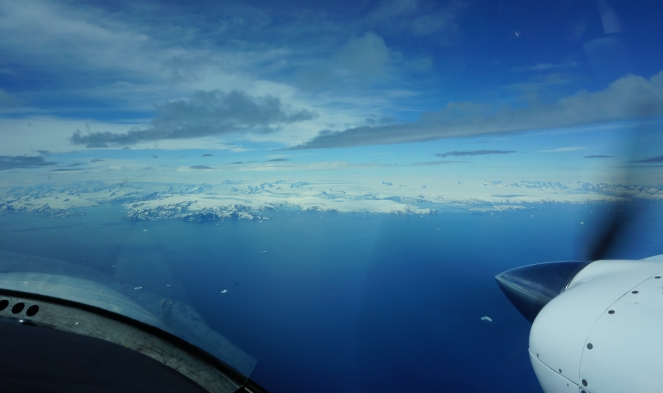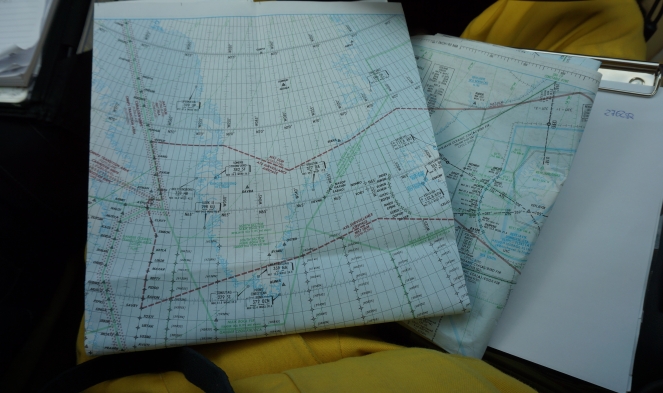The Nautilus Marine Service is now on Instagram.
There are mainly reported on the survival suits and life saving equipment.
The account is here
The Nautilus Marine Service is now on Instagram.
There are mainly reported on the survival suits and life saving equipment.
The account is here
Überzeugen Sie sich von der Flexibilität und Leistungsfähigkeit des unbemannten und autonomen Vermessungsbootes EchoBoat (USV) von Seafloor Systems. Das Fahrzeug ist mit einem Fächerecholot, einem GNSS basierten Inertialsystem und einer Schallprofilsonde vollständig für eine bathymetrische Vermessung ausgerüstet.
Sie wollen an der Vorführung am 06.11. oder am 07.11.2019 teilnehmen? Zur Einladung geht es hier
Für weitere Informationen und Datenblätter klicken Sie hier
The pressure test facility operated by Nautilus Marine Service can generate pressure up to 1300 bar (18.850 psi), which is more than the pressure at the sea floor at the deepest points of the oceans. The test execution is fully automatic according to an individually defined pressure profile. Nautilus Marine Service operates its pressure test facility primarily for demanding tests on VITROVEX® glass enclosures and provides in terms of speed, accuracy and robustness advantages over conventional pressure testing equipment.
Since the pressure test facility is also available to external clients, the Canadian company RBR recently accomplished a series of calibration tests under seawater conditions for their latest RBRconcerto³ CTD probes to ensure the highest accuracy of these oceanographic instruments.
The complete article has just been published in the ON & T magazine and can be downloaded here
Seit 1973 entwickelt und fertigt RBR Global ozeanografische Instrumente in Ottawa, Kanada.
Vom Abgrund des Ozeans bis zur polaren Eiskappe verfolgen ihre Sensoren die Wasserparameter: Temperatur, Tiefe, Salzgehalt, gelöste Gase, pH-Wert und viele andere.
Stellen Sie Ihre innovativen Ideen und Methoden zur Vermessung des blauen Planeten vor und nehmen Sie an der RBR2020-Cohort teil. Bewerbungsschluss ist der 15. Dezember 2019.
RBR wird bis zu 20 Nachwuchsforscher aus der ganzen Welt auswählen, um sich der RBR2020-Cohort anzuschließen. Das Programm läuft über zwei Jahre, um Ihre Projektideen zu entwickeln, Messungen durchzuführen und Ihr Forschungsnetzwerk zu erweitern. Während der Zeit wird Ihnen besondere Unterstützung durch RBR und etablierte Mentoren gewährt.
Im Rahmen des Programms haben Sie unter anderem die Möglichkeit sich RBR Geräte für Ihre Projekte zu leihen, eine Woche in der RBR Zentrale mit den Wissenschaftlern, Ingenieuren und Kalibrierungstechnikern zu arbeiten oder 1000 $ für ein Reisestipendium zu sammeln, um Forschungsergebnisse auf internationalen Konferenzen zu präsentieren.
Informationen zur Bewerbung an der RBR2020-Cohort finden Sie unter www.rbr-global.com
The Deep Argo program is an expansion of the Argo program which was introduced almost 17 years ago and which has changed the knowledge about the upper part of the oceans. The Deep Argo program now focusses on deeper areas of the oceans not yet surveyed with the standard Argo program
To expand ocean observations in a key area of the western South Atlantic Ocean, Microsoft co-founder and philanthropist Paul G. Allen and NOAA’s Pacific Marine Environmental Laboratory in the first public-private partnership deploy a large array of new deep ocean floats.
Unlike existing Argo floats, and thanks to the depth ratings of the VITROVEX® glass housing these new floats can now reach depths of up to 6000m, considerably expanding the usual range of classic ARGO floats of up to 2000m.
NOAA opted for the western South Atlantic, as it is part of the global ocean conveyer belt which interacts with the global climate. The Deep Argo Floats will help to develop a better understanding of the impact of deep ocean waters on weather, climate and the rise of the sea level.
The Ems estuary is located along the border between Germany and the Netherlands. Ongoing human activities (e.g. deepening the channel) over the past decades has increased tidal amplification and asymmetry and led to a strong flood-dominant transport of sediments.
The present lower Ems has transformed into a hyper-turbid state and is characterized by thick and mobile fluid mud layers with thicknesses of 2m and more and suspended solid sediment concentrations of up to some hundred kg/m3. This situation is critical from the point of economy as well as from the point of ecology. To study the exchange mechanisms between the outer Ems and the lower Ems an ambitious survey programme with participation of 15 mainly Dutch or German authorities, institutes and universities, like Dutch Rijkswaterstaat, research institute Deltares or the Federal German Waterways Engineering and Research Institute BAW.
One part of the programme was a monitoring network to measure hydrodynamics and salinity intrusion into the estuary. For this purpose BAW has used combined mooring frames comprising ADCP and RBR concerto instruments. RBR has been chosen due to their small construction and the possibility to add additional sensors – like in this case Seapoint STM turbidity meter.
During two 4-week deployments RBRconcerto3s collected near bottom data of salinity and turbidity. Turbidity data have been calibrated in the lab against suspended solids concentration.
Hansen Protection has been a synonym for many years for high quality survival survival suits for professional applications. However, this does not mean that these suits are not equally beneficial for ambitious private usage.
A late example has been the Atlantic crossing by one of our private customers with a Cessna 303 from Berlin to Oskosh/USA via Scotland, Iceland, Greenland and Canada. Due to good preparation and the absence of bad luck the pilot did not utilise the suit according to its original purpose. “During the long ocean legs the survival suit always provided me with the good feeling of being perfectly prepared for the worst possible cases. In addition, the suit proved to be equally valuable when exiting the plane on the cold and windy airports in Iceland and Greenland. The flight over the Atlantic Ocean with a small aircraft is an outstanding experience for the pilot. Thank you very much for your support which enabled me to perform this flight.”
Our congratulation to this customer for the successfull Atlantic crossing. Thank you very much for sharing with us many of your magnificient pictures:



Dacon, der weltweit bekannte Hersteller von Rettungsmitteln auf See hat ein neues Rettungsmittel im Portfolio.
In Zusammenarbeit mit RLS – Rettungstechnologie GmbH und der Lebenshilfe Werkstatt Hildesheim e. V. wurde der Rettungskorb Rescue Star® vorgestellt. Es handelt sich dabei um ein vielseitiges Rettungsmittel, welches nach dem umgekehrten Regenschirm Prinzip arbeitet und während der Lagerung nur wenig Platz benötigt. Der Rescue Star ist in mehreren Größen für bis zu 8 Personen erhältlich und ab sofort über Nautilus Marine Service verfügbar.
In June Nautilus Marine Service will participate at the Oceans 2019 conference in Marseille, France.
OCEANS conference is jointly sponsored by the IEEE Oceanic Engineering Society (IEEE/OES) and the Marine Technology Society (MTS) and is one of the most influential international conference in this field. Nautilus will showcase its VITROVEX glass deep sea pressure and looks forward to discussing challenges and opportunities in this field with interested visitors.
Nautilus Marine Service has rtecently extended its portfolio by the mobile power supply MPS-100, designed for hydrophic applications. This device has been developed in-house and it comes with 2 x 220V AC and 2 x 12V DC sockets, powered by a strong lithium-iron-phospate rechargeable battery. The system is protected against depth discharge and provides enough capacity to power an 8 hours R2Sonic multibeam survey incl. all required sensors. The 220V sockets may be adjusted to match UK or North American standards.
The MPS may be extended by an external solar panel which extends the battery runtime during a multibeam survey – depending on weather conditions – by approximately 50%.
Please contac t our sales team for further information.